Swiss gun tradition surprises tourists
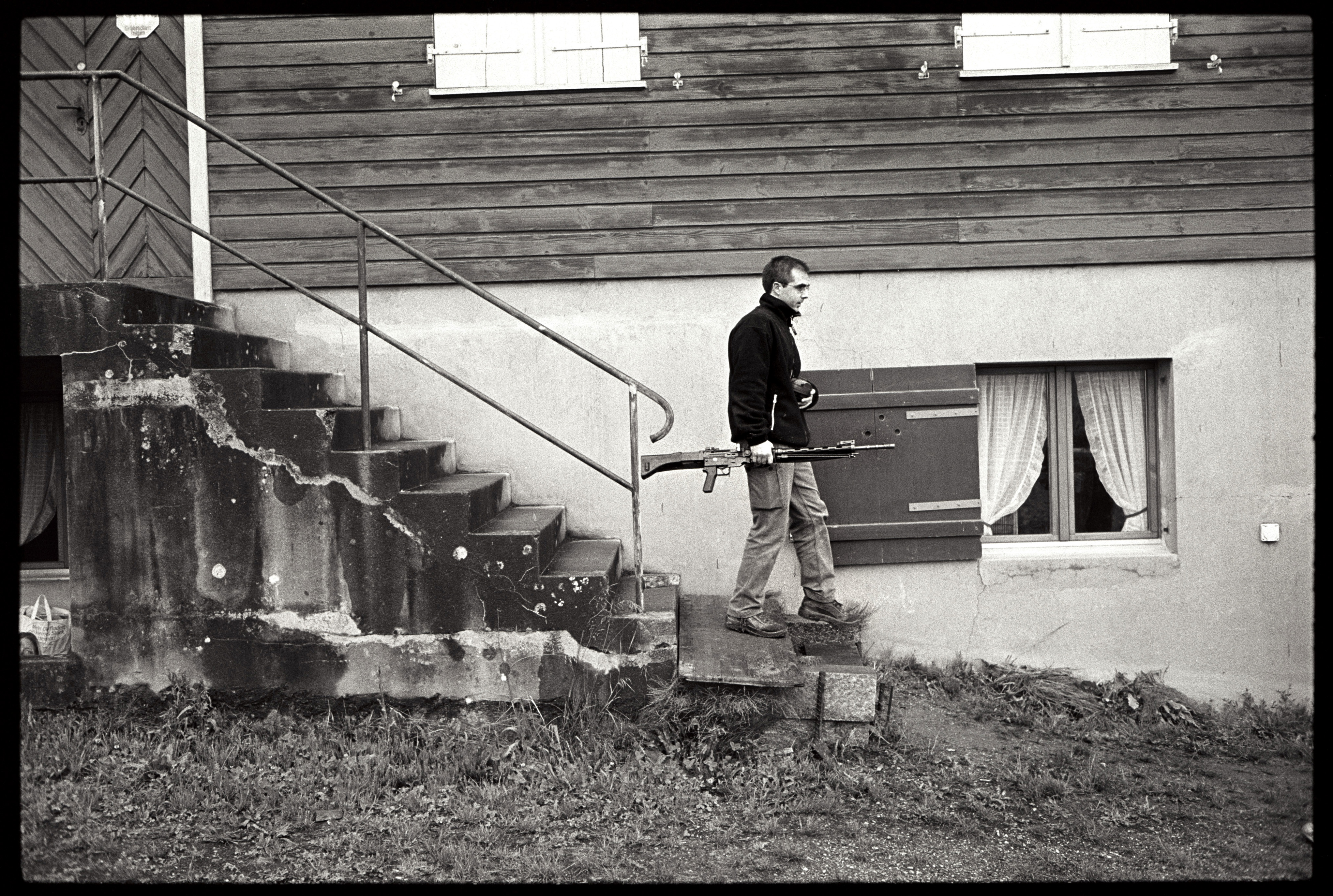
Swiss voters will decide on February 13 on an initiative which aims to reduce access to guns. Weapons abound in Switzerland – a surprise to many visitors.
A railway station, the noise of trains, the coming and going of crowds on the platforms. Office staff prepare to start another working day while tourists head off to explore the country.
Teenagers into hip hop wear baseball caps on back to front and jeans that are much too big. Nearby a group of soldiers in combat gear stand with assault rifles slung over their shoulders.
This isn’t Israel. And a general mobilisation has not been ordered. This is Switzerland on a normal day of a normal week.
Think of a country that is over-armed and the United States will often come to mind first. But in this area, Switzerland also figures prominently among those countries at the top of the international list.
It’s not the kind of situation that escapes the notice of outside observers of the country. In its December edition, the well regarded geographic magazine Géo included an article of several pages with the provocative headline: “Switzerland – neutral citizens armed to the teeth”.
Switzerland is not the Wild West and the usually peaceful streets of its big cities have not been transformed into 1930s Chicago but the presence of armed soldiers at the railway station has its roots in two peculiarities of the Swiss defence system.
The majority of soldiers do not carry out their military service in one go, but during several “refresher courses” that last three weeks.
Ready for combat
The second peculiarity is that they keep all their equipment, including their service weapon, at home between these periods of military service.
The idea in days gone by was that the army could immediately have a large number of soldiers ready for combat in the event of an emergency.
These days, it would be difficult to imagine a military threat that would warrant this kind of mobilisation but the tradition of keeping military equipment at home has remained.
The only notable change from the past is that the army no longer gives munitions to its soldiers unless they are doing military service.
Strange sights
In Switzerland, shooting in the army does not only take place during basic training (known as “recruit school”) or the regular refresher courses. Every year those soldiers still in active service must go to a shooting range to do their “obligatory shooting practice”, that means training with targets placed 300 metres away.
Even more surprising, this obligation has turned into a real sport for some people.
Shooting clubs in villages are part of traditional local activities like the brass band, the mixed choir or the gymnastics club. There are now a large number of “musketeers”, “carabineers” and “soldiers armed with historical guns”.
That offers the chance for the foreign visitor to see other strange sights – civilians, including teenagers aged16 up, with their assault rifle slung over their shoulder as they go to or come back from the shooting range.
Fort Alamo
In Switzerland, the surprise is not only visual. You can be enjoying a peaceful walk in the countryside, in the calm of a summer afternoon, and suddenly be shaken by Fort Alamo-type explosions from the nearby shooting range.
There is no denying that weapons abound in Switzerland but the exact number is unknown. It is estimated about two million firearms might be in circulation. Some put the figure at one or two hundred thousand below that figure.
The reason for this plethora is the simple fact that militia soldiers may keep their guns even on completion of military service to practise their shooting skills.
The weapons remain in perfect condition although their owners are no longer allowed to keep ammunition at home and the guns cannot be used in automatic mode.
Added to all the military guns – modern and vintage models – are the firearms owned by hunters, sport shooters and private collectors.
They are often stored at home, – in the loft, the cellar or hidden away in a wardrobe. But some owners also proudly display them in their living-room, perched on a shelf or next to the fireplace.
The initiative was launched by about 80 NGOs and is backed by centre-left political parties.
It aims to introduce a strict licensing system for the use of firearms and seeks a ban on the purchase of automatic weapons and pump action shotguns.
It also demands the creation of a central registry for firearms, instead of a cantonal system.
Members of the militia army could no longer store their army-issue guns at home but would have to take them to an arsenal.
Between 1969 and 2009 a total of 4,674 military service weapons went missing – the vast majority stolen, the rest lost or unaccounted for some other reason.
The situation is improving, however, according to the defence ministry. In 2008, the army registered 49 missing weapons; in 2009, the number was 26.
According to a report in the Tages-Anzeiger and Der Bund newspapers, a particularly high number of weapons went missing between 1995 and 2004, when an above-average number of soldiers were dismissed.
Army spokesman Christoph Brunner said in most cases the missing weapons ended up in a civilian environment.
(Adapted from French by Robert Brookes)

In compliance with the JTI standards
More: SWI swissinfo.ch certified by the Journalism Trust Initiative


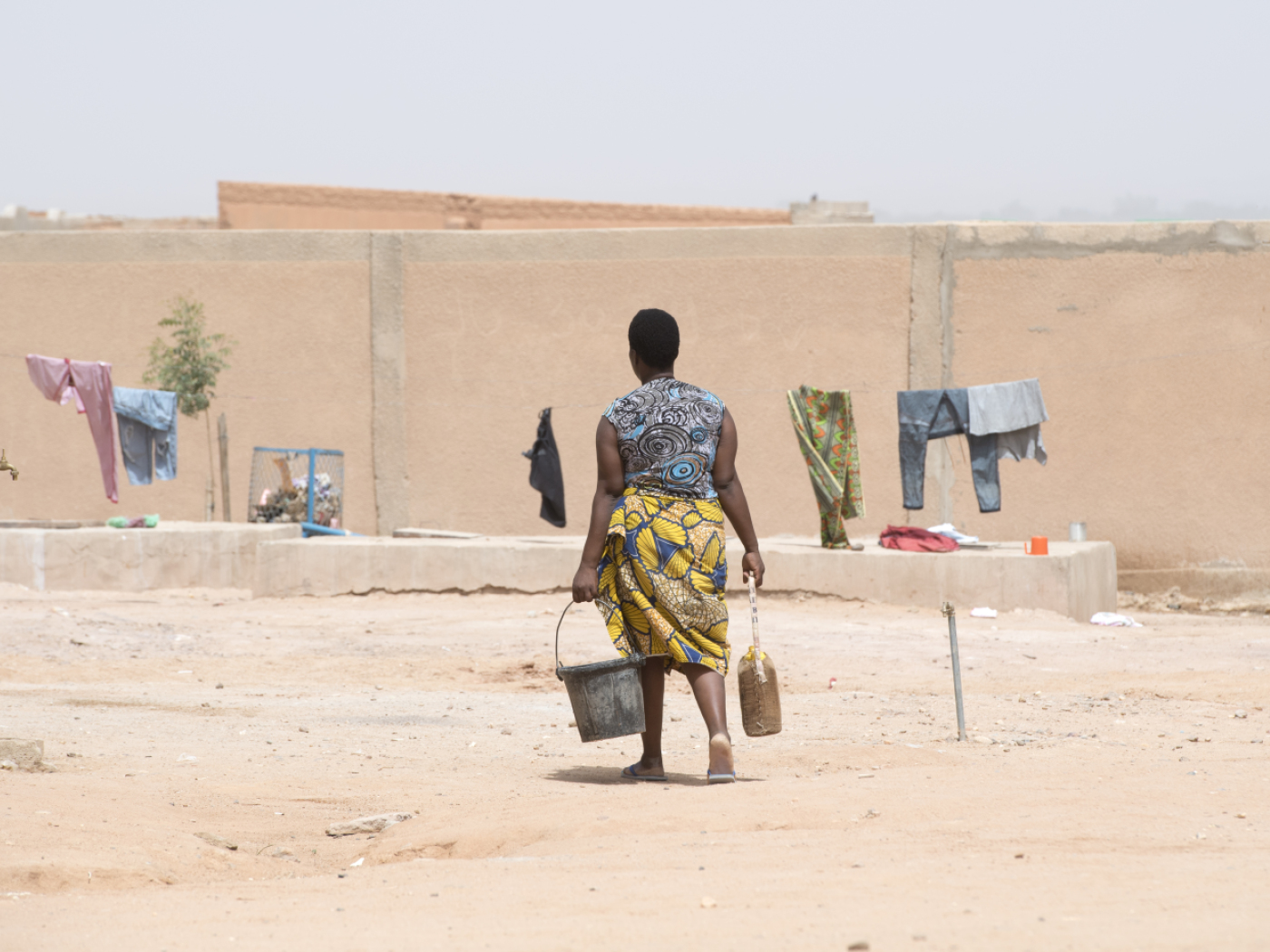







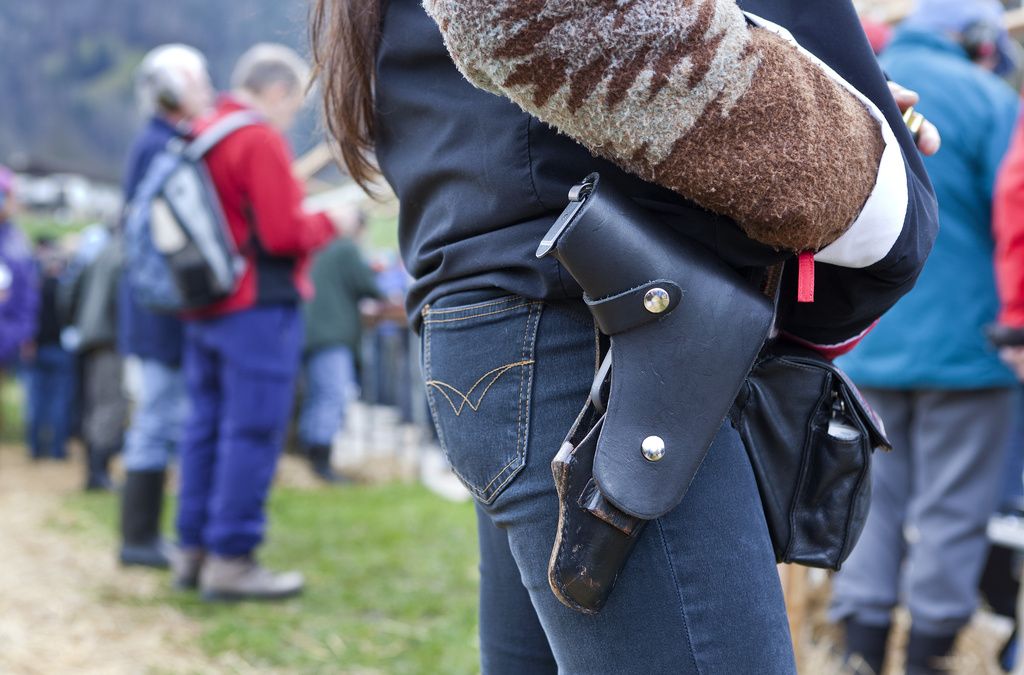
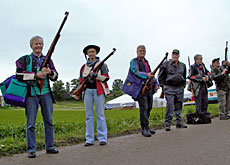
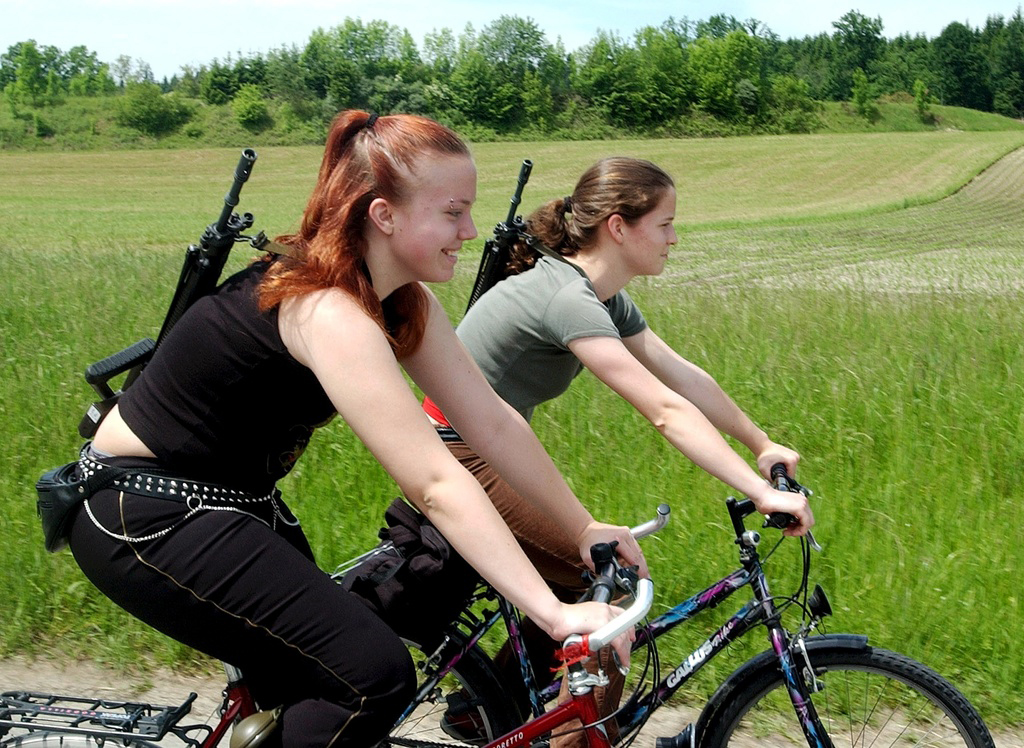

You can find an overview of ongoing debates with our journalists here . Please join us!
If you want to start a conversation about a topic raised in this article or want to report factual errors, email us at english@swissinfo.ch.